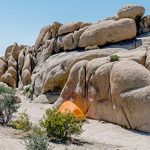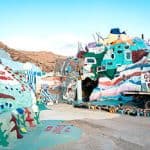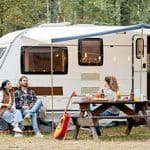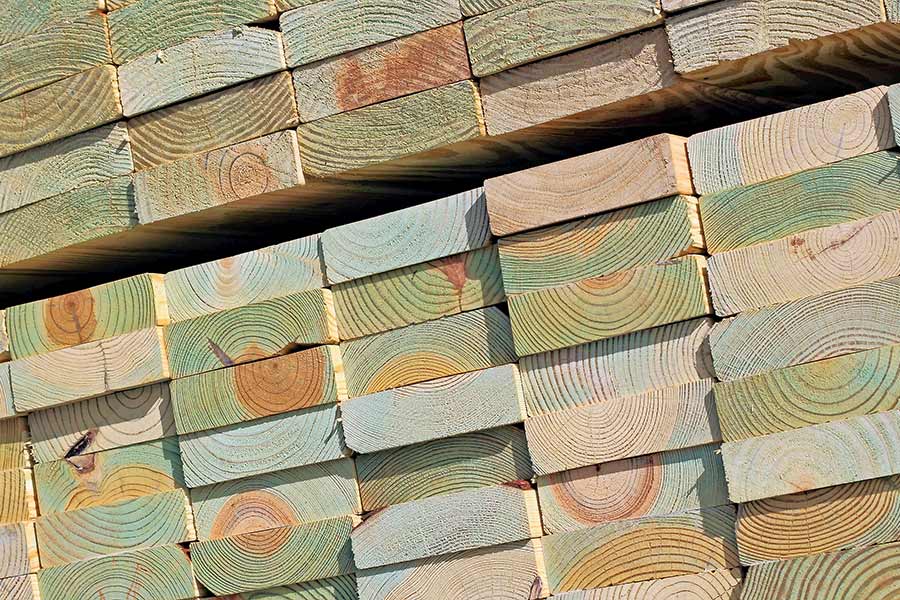
When spending time outdoors, campfires are a quintessential component of the experience. Choosing the right wood to burn is crucial, especially when it comes to safety. People commonly ask whether lumber that has been treated can be used for campfires.
While it can be tempting to use any piece of wood lying around, it’s important to make sure it’s safe to burn, especially when it comes to treated wood. In this post, we’ll explore whether or not this type of wood is safe to use on a campfire and what types of wood are best for a safe outdoor experience.
Is Burning Treated Wood in a Campfire Dangerous?
Wood that has undergone chemical treatments to prevent decay and insect damage is referred to as treated wood. This treatment extends the lifespan of the wood, making it perfect for use in outdoor furniture and building construction. However, using treated wood in a campfire can pose a potential health risk.
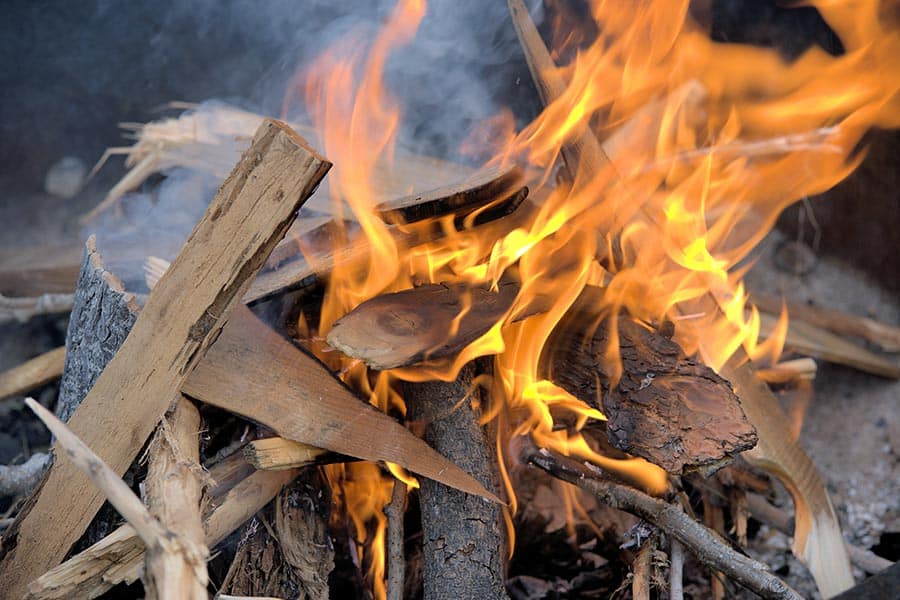
When treated wood is burned, it discharges hazardous toxins into the surrounding air that could adversely affect both humans and animals. These chemicals can lead to eye irritation, respiratory difficulties, and skin reactions. Additionally, inhaling the emissions from burning treated wood can lead to other significant health problems.
In addition, you should never cook any food over pressure-treated wood as the chemicals from burning it can get on your food. These chemicals could potentially make you sick and cause health issues.
Pressure-treated wood is never advised to be used in a campfire but should instead be disposed of responsibly.
So is it safe to burn treated wood in a campfire? No, do not burn pressure treated or any chemically treated wood in campfires. When burned, the chemicals used in treating the wood can release harmful toxins into the air, which can be dangerous when inhaled. Also, never cook food over any chemically treated lumber. Instead, stick to natural, untreated wood for campfires.
NOTE: Do not confuse the term heat treated firewood with treated or pressure-treated wood. Heat treated wood has been subjected to high heat to kill insects and larvae. Treated wood has been treated with chemicals making it unsafe to use in campfires.
Other Posts of Interest
- How To Choose a Camping Flashlight: A Complete Buyer’s Guide
- The 7 Best Screens For Van Camping – And How To Set Them Up
- 19 Tips For Choosing The Best Binoculars For Van Camping
- Van Camping vs. Truck Camping: What’s the Difference?
How to Tell if Wood is Treated
Identifying if the lumber has undergone treatment can be challenging since there’s no apparent physical distinction between treated and untreated wood. Nevertheless, there are some tell-tale signs that you can observe to point you in the right direction.
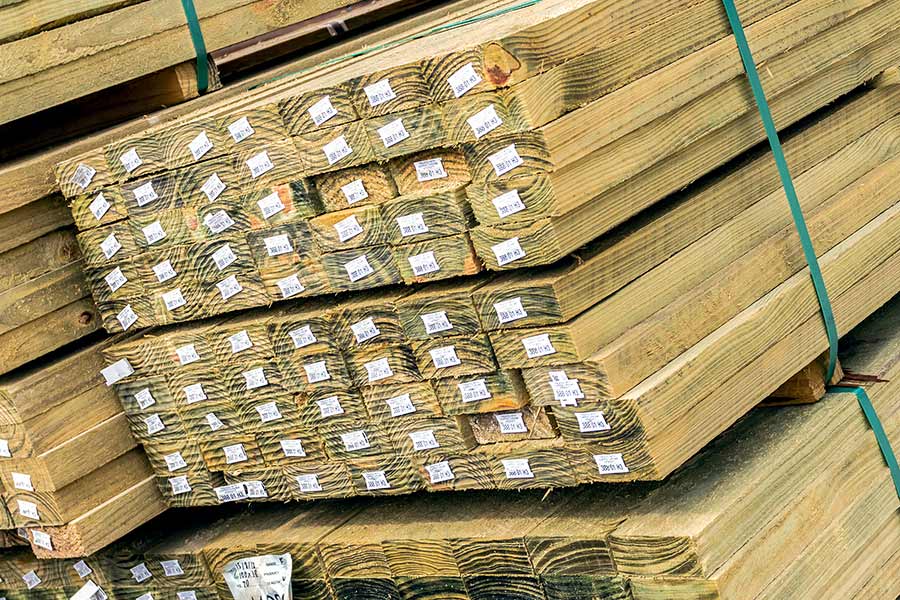
Treated wood will have a label stapled to the end saying it is treated. However, when the label is missing, one of the most reliable ways to establish whether the wood is treated is by noting its color. For example, treated lumber often has a greenish color and is darker than untreated wood. It will also have little holes to help the preservatives soak in, and it will smell like chemicals, not like wood.
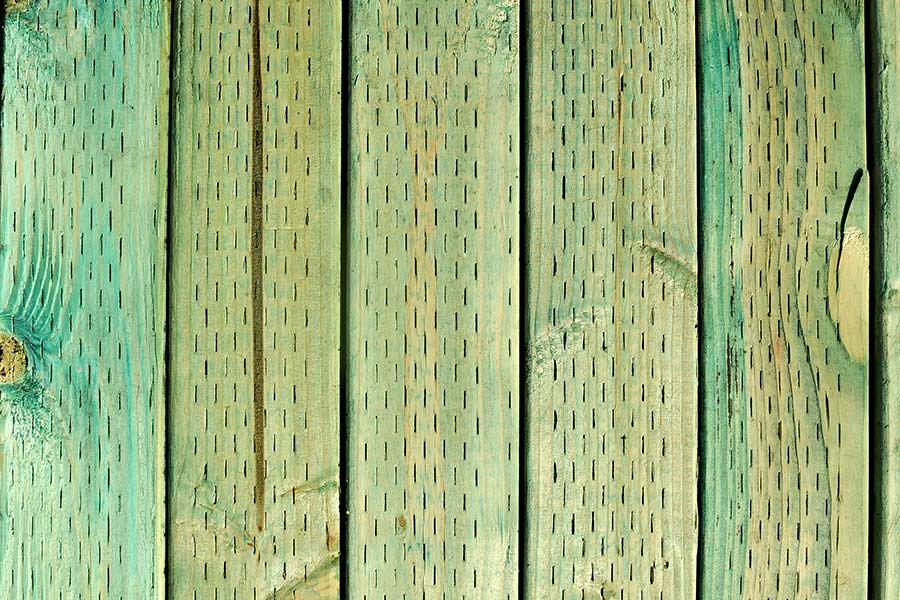
Another option is to examine the surface of the lumber since treated wood is more likely to have a smooth, polished texture and may exhibit some machining marks. If in doubt about whether the wood is treated or not, it’s best to err on the side of caution and not use it for building campfires.
How To Choose Suitable Wood for a Campfire
Selecting wood suitable for building a campfire requires careful consideration specific to a few basic guidelines. It’s recommended to use dry wood cut into small pieces since this makes ignition easier and lessens smoke output.
Softwoods, like pine, should be avoided because they can generate more smoke and sparks. Opting instead for hardwoods like hickory, oak, or maple is a preferred alternative when building a campfire.
Go Natural
In conclusion, while treated wood’s qualities for durability and lifespan may be ideal for construction and outdoor furniture, it presents potential hazards when burned in campfires. Therefore, to ensure that you and your fellow campers stay safe, burning natural, untreated wood is recommended.




